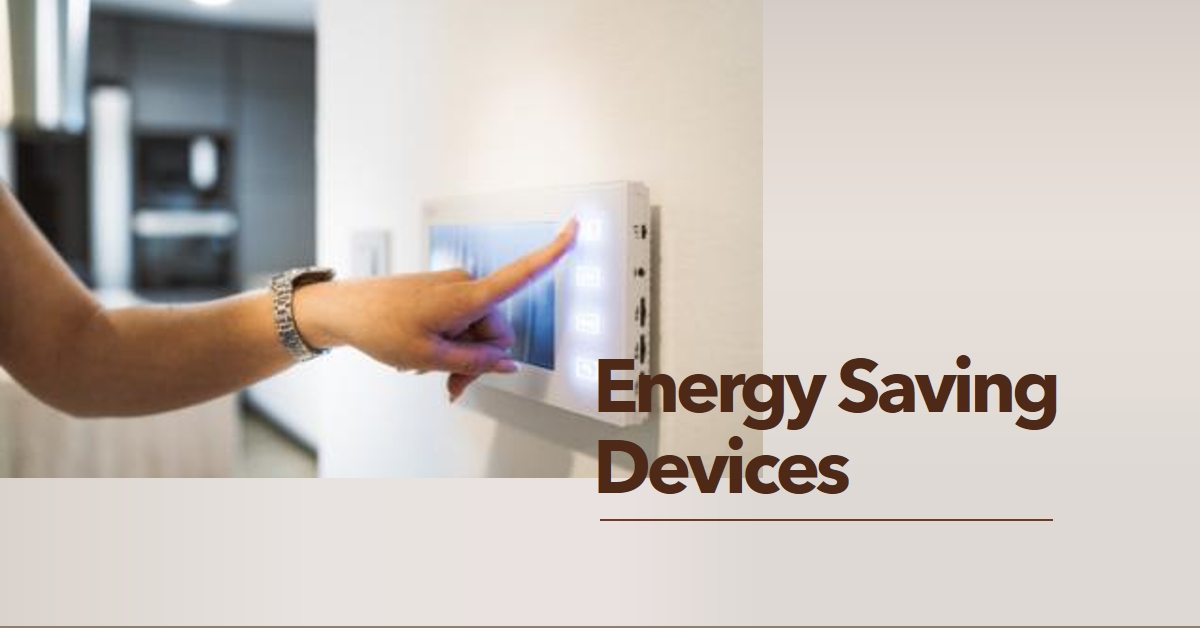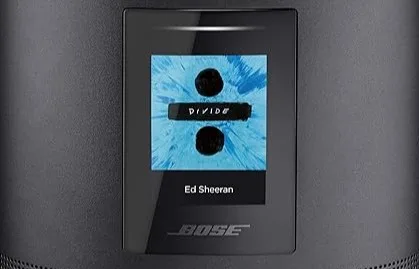Imagine coming home after a long day at work, only to find your house comfortably cooled down or heated up according to your preference. All thanks to smart devices! These intelligent gadgets are transforming our lives by providing convenience while saving energy. Let’s delve deeper into how they do so.

Table of Contents
- What Are Smart Devices?
- Categories of Smart Devices That Help Save Energy
- The Impact of Smart Home Technology on Energy Consumption
- Conclusion
- FAQs
What Are Smart Devices?
Smart devices refer to electronic devices connected to the internet and capable of performing tasks autonomously. They communicate with other systems through various wireless protocols, enabling seamless integration and automation of daily activities. Some popular examples include Amazon Echo, Google Nest Hub, Philips Hue bulbs, and Samsung SmartThings hub.
Categories of Smart Devices That Help Save Energy
Many categories of smart devices can help reduce energy consumption significantly. Here are some notable ones:
Smart Lighting Systems
These lighting solutions consist of WiFi-enabled LED bulbs controlled via apps or voice commands. Users can schedule turning off lights during specific hours or dim them based on natural light availability. According to the U.S. Department of Energy, LED bulbs consume 75% less energy compared to traditional incandescent, making smart lighting systems highly efficient.
Intelligent Thermostats
By learning user behavior patterns, these thermostats adjust heating and cooling schedules accordingly. For instance, Ecobee estimates savings between 23% and 26% on annual heating and cooling costs. Moreover, geofencing technology ensures optimal temperature settings when users leave or return home.
Energy Efficient Appliances
From refrigerators to washing machines, modern appliances come equipped with advanced features promoting energy efficiency. Smart dishwashers, for example, automatically select eco-friendly wash cycles depending on load size, thus reducing water usage and electricity bills. Similarly, smart ovens preheat faster and maintain consistent temperatures throughout cooking sessions.
Power Strips With Advanced Features
Standby power from plugged-in devices accounts for around 5-10% of residential energy consumption. Enter smart power strips – these innovative products detect when electronics enter standby mode and cut their power supply. Additionally, master-slave configurations allow one device to control several others, further minimizing wasteful energy expenditure.
Smart Plugs
Similar to smart power strips, individual smart plugs offer granular control over individual outlets. Users can program timers, monitor energy usage, and even integrate them with virtual assistants like Alexa or Google Assistant. By scheduling devices to turn off during peak hours or overnight, significant savings become possible.
The Impact of Smart Home Technology on Energy Consumption
A study conducted by Parks Associates revealed that households adopting smart home technologies save approximately $131-$145 annually due to reduced energy consumption. Furthermore, as AI algorithms improve, we expect greater optimization capabilities leading to enhanced savings potential.
However, implementing smart homes requires careful planning considering factors like compatibility among different brands and platforms, security concerns, and initial investment costs. Nevertheless, the benefits far outweigh these challenges, offering substantial financial gains along with environmental sustainability.
Conclusion
In summary, incorporating smart devices into everyday life presents numerous advantages beyond mere novelty value. Through automated processes and real-time data analysis, these intelligent gadgets enable considerable energy savings. However, choosing compatible products wisely remains crucial to ensure maximum returns on investments.
FAQs
- Do smart devices always lead to energy savings?
Not necessarily; however, when used strategically, they can result in noticeable reductions in energy consumption. - Are there any additional fees associated with using smart devices?
While most smart devices require minimal maintenance costs, certain premium services might entail subscription charges. - Can smart devices compromise my privacy?
Yes, improperly secured devices could pose privacy risks. Implementing robust cybersecurity measures becomes essential upon installing smart devices. - How much money can I potentially save with smart devices?
Savings vary widely depending on multiple factors such as device type, frequency of usage, and local utility rates. On average, households see annual savings ranging between $131-$145. - Can I operate smart devices manually instead of relying solely on automation?
Absolutely! Most smart devices provide manual override options, allowing users to retain full control whenever needed.


